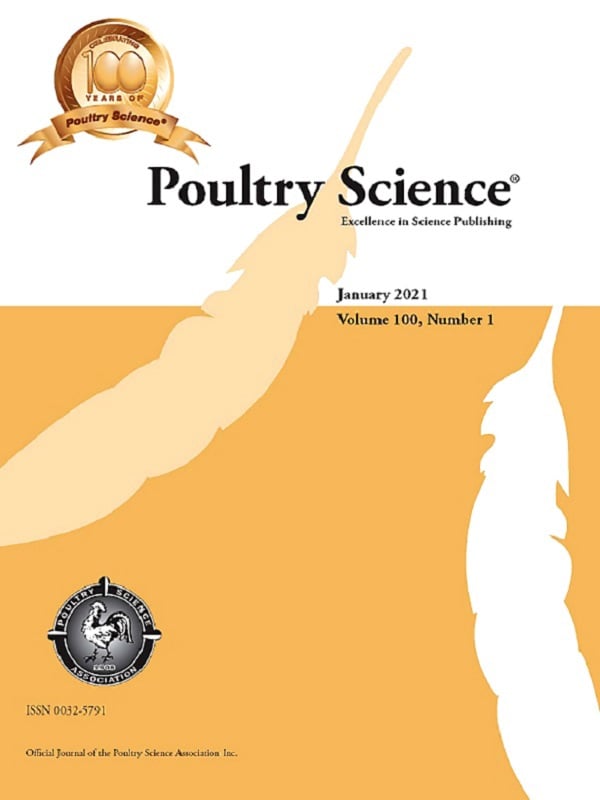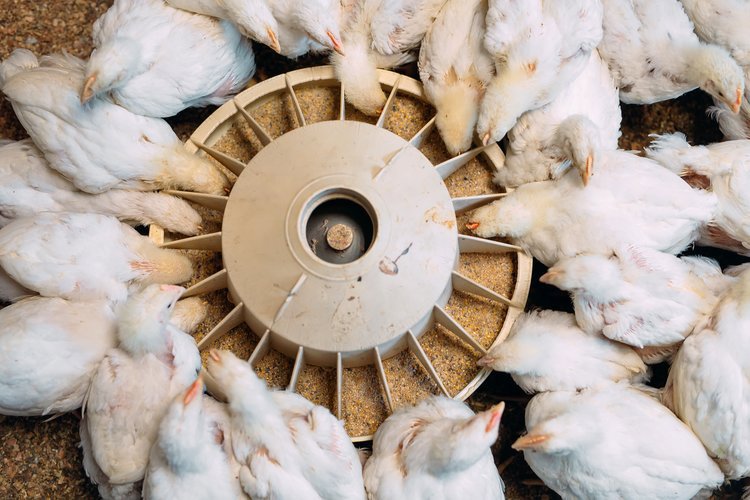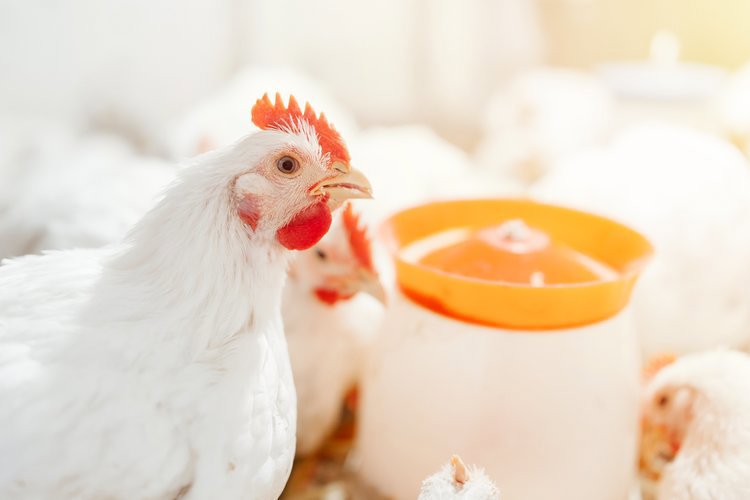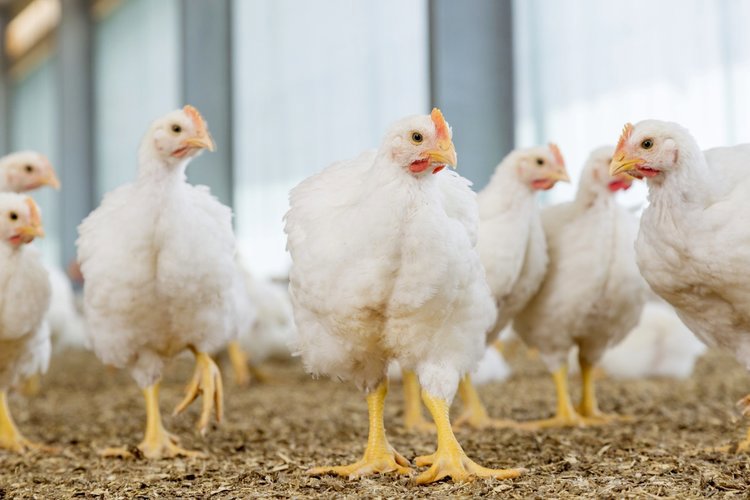
Effect of L-glutamic acid N,N-diacetic acid on the availability of dietary zinc in broiler chickens
- Poultry

Atunci când un animal poate fi hrănit eficient, menținând în același timp o sănătate bună, acest lucru are un impact pozitiv atât asupra performanței, cât și asupra profitabilității. Deoarece costurile hranei pentru animale reprezintă majoritatea costurilor totale ale crescătorilor de animale, asigurarea unui aport optim de nutrienți care se traduce prin creștere este esențială. Pierderile de nutrienți pentru alte procese fiziologice au un impact semnificativ asupra eficienței producției.

Apa este cel mai important nutrient pentru puii de carne. Calitatea nutrițională a furajului, siguranța și forma de livrare a acestetuia joacă un rol esențial în asigurarea unui aport alimentar sănătos și reglementat. Calitatea microbiană și chimică excelentă în apă este importantă, deoarece puii de carne consumă de două ori mai multă apă decât hrana pentru animale. Apa este un factor cheie în termoreglare dar și ca purtător pentru aditivi, cum ar fi medicamentele, suplimentele, etc.

Reducerea dependenței de antimicrobiene este esențială în abordarea provocării rezistenței la antimicrobiene. Limitarea administrării antibioticelor in scop preventiv, permite ca antibioticele esențiale să rămână eficiente atunci când este necesară administrarea pentru a sprijini sănătatea puilor broiler și sănătatea umană. Accentul pe această chestiune este sporit și mai mult prin creșterea cererii de carne de pui fără antibiotice, ca urmare a creșterii gradului de conștientizare a riscurilor asociate.